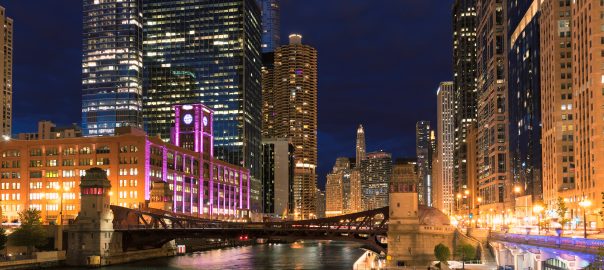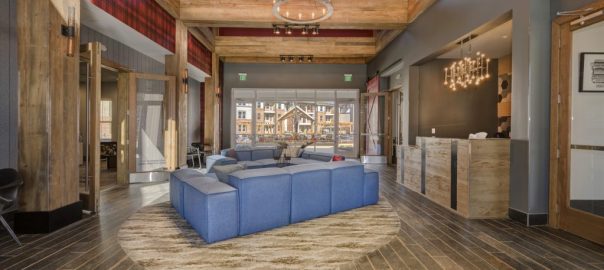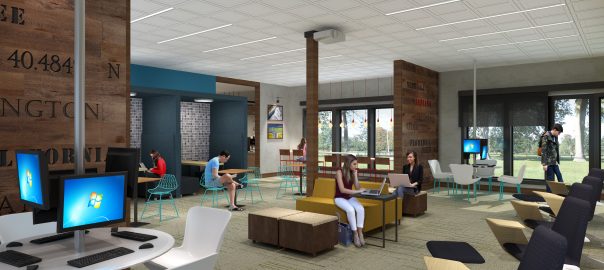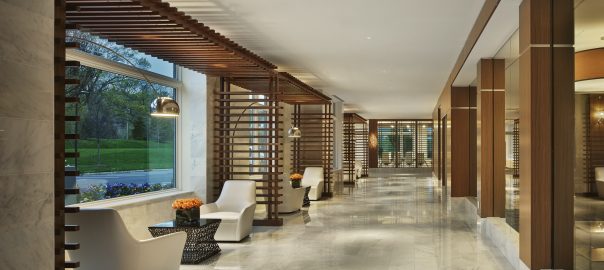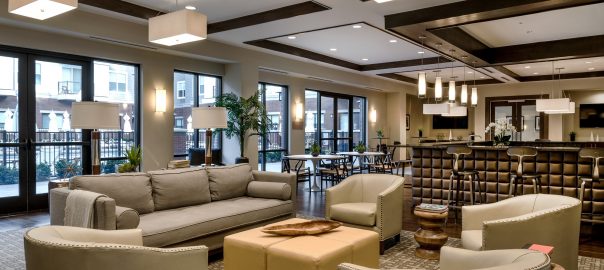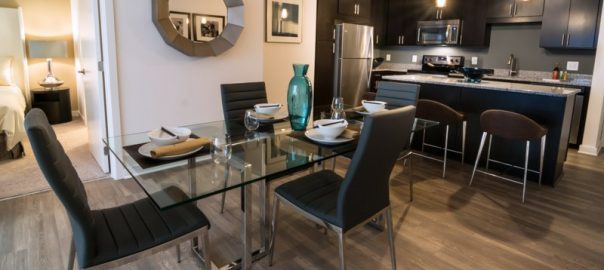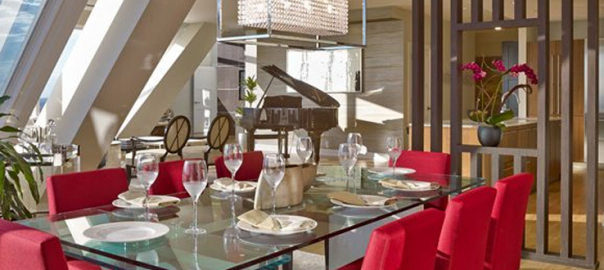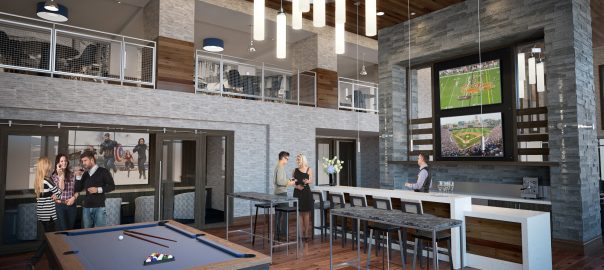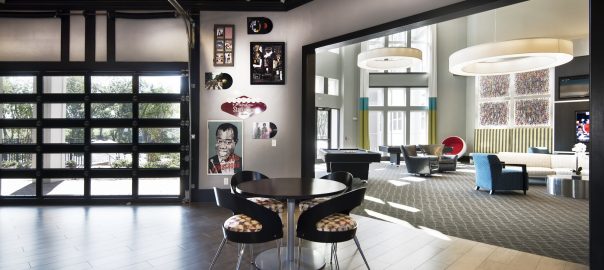Chicago’s nickname “The Second City” is a subject of debate. Is it called this because the city became the second most populated city in 1890? Is it because Chicago is home to the nation’s second-largest skyscraper? Some feel it’s linked to the fact that Chicago had to be rebuilt after the Great Fire of 1871.
Despite its moniker, there’s one thing that Chicago boasts as a first. When it comes to architecture, Chicago is unbeatable. The first skyscraper in the United States, the Home Insurance Building, opened its doors in Chicago in 1885. Eventually, William LeBaron Jenney’s skyscraper would be demolished to make room for the LaSalle Bank Building/Field Building.
It’s the Great Fire that led to Chicago’s illustrious reputation as a leader in architecture. After the fire, the taller, stronger buildings popped up in the city. Before New York City had its first skyscraper, Chicago was well in the lead with five of them, all designed to be fireproof.
Explore Chicago’s Architectural History By Land or Water
Since the Home Insurance Building’s construction, Chicago’s streets have been lined with some of the world’s most stunning forms of architecture. It’s led to the foundation of the Chicago Architecture Center, a cultural organization that has saved history homes, offers tours, and provides residents and visits with a bounty of information about the city’s buildings. Since the Chicago Architecture Center’s foundation in 1966, the center has developed more than 85 city tours featuring architecture, a free Open House Chicago festival, and camps and programs.
One of those tours that locals and visitors cannot miss is the River Cruise. The 1 ½-hour cruise highlights some of Chicago’s greatest architecture from a luxury vessel. Guests see the Chicago Riverwalk, the London Guarantee Building, Merchandise Mart, and Tribune Tower to name a few of the highlights. Expert guides provide information into the city’s architectural features and history.
That covers the outside of a building, but what about the inside? Interior design is just as important to the look and feel of a building as the structural and architectural components. Chicago has also been a key player in trending interior designs.
Advancements in Comfort, Awareness, and Technology Drive Trends
in Architecture and Design
Since 1969, The Mart in Chicago has hosted The National Exposition of Contract Interior Furnishings (NeoCon). This convention brings top architects and designers together to showcase the industry’s trends. This pays tribute to The Merchandise Mart’s origins as a giant wholesale warehouse for home décor, fabrics, and furniture.
Some of the best interior design trends start trending after NeoCon. For example, the U.S. Green Building Council (USGBC) was formed in 1993 to push for sustainable design and building techniques and created the Leadership in Energy and Environmental Design (LEED) system for certification. In 2000, the first LEED constructions gained USGBC certification.
As homes became tighter to prevent icy winter drafts in the Windy City, air quality also became a concern. GreenGuard Indoor Air Quality certification came out in 2001. Concerns for the environment brought attention to building homes and businesses that were both energy-efficient and sustainable. That’s just one of the changes we’ve seen to interior design and architecture.
Technology is an important part of the Millennial and Gen Z lifestyle. Home designs that meet these needs are still trending. The number of people who work from home is increasing and with that comes a demand for apartments designed to be functional for both work and relaxation. There’s a movement towards designs that are aesthetically pleasing but offer conveniences like smart appliances, lighting, and security.
Today’s renter is looking for charging ports or charging pads in key areas. Kitchens, offices, bedrooms, and even bathrooms are ideal places for charging ports and pads. Furniture with built-in chargers is increasing in popularity. Lighting that reduces eye strain is vital.
Mixed-use developments are trending. Residents love the idea of having their own home with community areas like conference rooms, large public areas for networking and socializing. A bar area with pool tables for fun, areas set up for computers, and outdoor areas for family visits are all in demand.
On warm, sunny days, people want to be outside. Developments can cater to this with rooftop patios for gorgeous views, proximity to the city’s parks, waterfront, and entertainment district. Large windows for natural lighting also help with that feeling of being in the open.
Put it all together and architecture and design draw people. The Childs Dreyfus Group is a leader in all stages of planning and bringing your vision to life.


